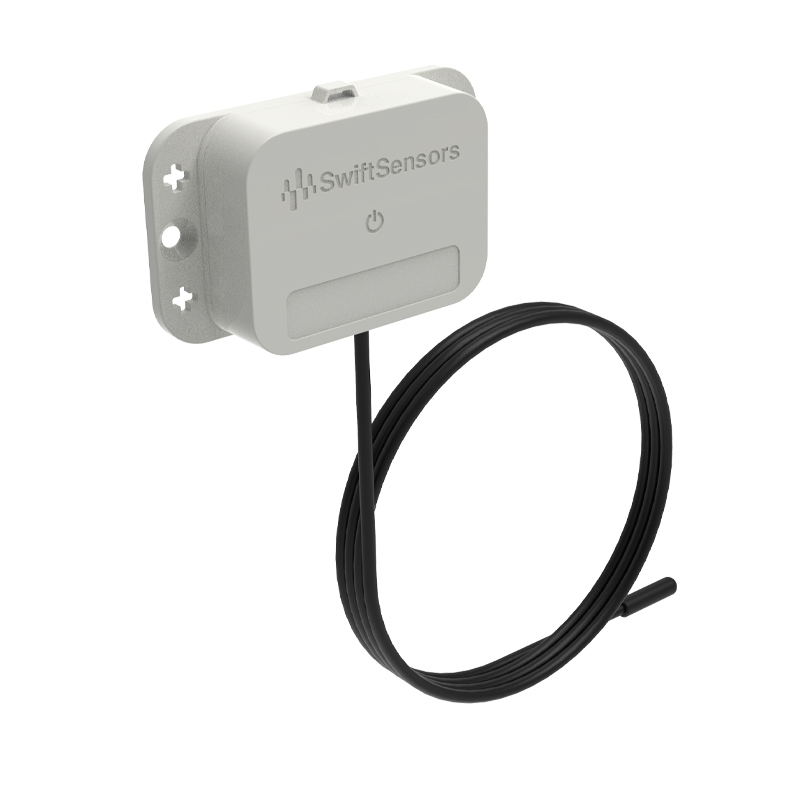A Wireless Temperature Sensors is a general purpose temperature sensor that’s common in science labs. It has an extremely durable, waterproof design and long battery life, allowing students to spend more time collecting data. It also allows the user to collect data from a wider range than a standard temperature sensor.
Simple project
The temperature sensor output pin connects to the A2 analog pin on the Arduino. The Arduino program code then converts this analog reading to decimal characters and serially transmits it to the RF transmitter. The result is an easy-to-read reading on the display. This project can be used to test the temperature of objects or monitor indoor temperature.
If you are looking for a low-cost temperature sensor that works with Arduino, you can try the DHT11 temperature sensor. It is a fairly accurate sensor that requires only a few components and is easy to use with the Arduino. The DHT11 temperature sensor has a chip for analog-to-digital conversion and can be easily integrated with your Arduino project.
Bluetooth communication
Bluetooth communication is a simple protocol that allows devices to communicate directly with each other. For example, a wireless temperature sensor can connect to a tablet to display its temperature. Bluetooth is consumer-friendly and convenient, which makes it ideal for building projects that will communicate with other devices.
A good mobile phone app can display graphs of temperature and humidity data. This will help you pinpoint the problem that is causing high or low temperatures. A good temperature sensor should also be able to log and record data even if Wi-Fi is not available, so you can easily upload it later.
Wireless temperature sensors that use Bluetooth communication will need internet access. This is convenient for most applications, since they do not require direct line of sight. Bluetooth devices also have a limited range, but they can be useful in remote areas.
Parasitic mode
When building a wireless temperature sensor, you can choose between the parasitic and active power supply modes. The parasitic mode requires a lower effort to build, but can cause issues in applications with critical timing or high temperatures. For these reasons, we recommend that you use the active mode for your project.
If you are building a temperature measuring station with the Raspberry Pi, you can choose either one. The active mode requires a three-wire cable, while the parasitic mode only requires a two-wire cable. In either case, you must connect the sensor to the Raspberry Pi’s GPIO ports without buffering. In the parasitic mode, you must use a pull-up resistor to provide a power source to the sensor.
The first step is to determine the resonant frequency of the sensor. This frequency varies with the dielectric constant. A sensor with a high dielectric constant will have a lower resonant frequency.
DS18B20 temperature sensor
A wireless temperature sensor is a great way to monitor the temperature of an environment. Depending on the sensor you choose, you can have the temperature measured within a range of -10AdegC to +85AdegC. This sensor has a high degree of accuracy and 12-bit resolution, which means it can be used to measure temperatures with great precision. The DS18B20 can be easily distributed over a large area and can even be used for environmental control and monitoring systems.
The DS18B20 temperature sensor is waterproof and can be powered from the data line or from a power supply. The temperature range of the DS18B20 is -55AdegC to +125AdegC (-67AdegF to +257AdegF). It can be used in a variety of applications, including temperature monitoring of liquids and chemicals.
Arduino compatible board
You can use an Arduino compatible board to build a wireless temperature sensor. There are several different sensor types available. You can also use a barometric pressure sensor like the BMP180, which also measures temperature. Alternatively, you can purchase an analog temperature sensor such as the TMP36, which is an analog output temperature sensor. This sensor works on an I2C bus and communicates with the Arduino compatible board via the SDA and SCL pins. A temperature sensor like this can be very accurate, and it can also be waterproof.
If you’re looking for an inexpensive and easy-to-use sensor, you can opt for the DHT22. This device measures temperature and relative humidity and comes with a chip that converts analog data into a digital signal. This sensor is also compatible with most microcontrollers.

